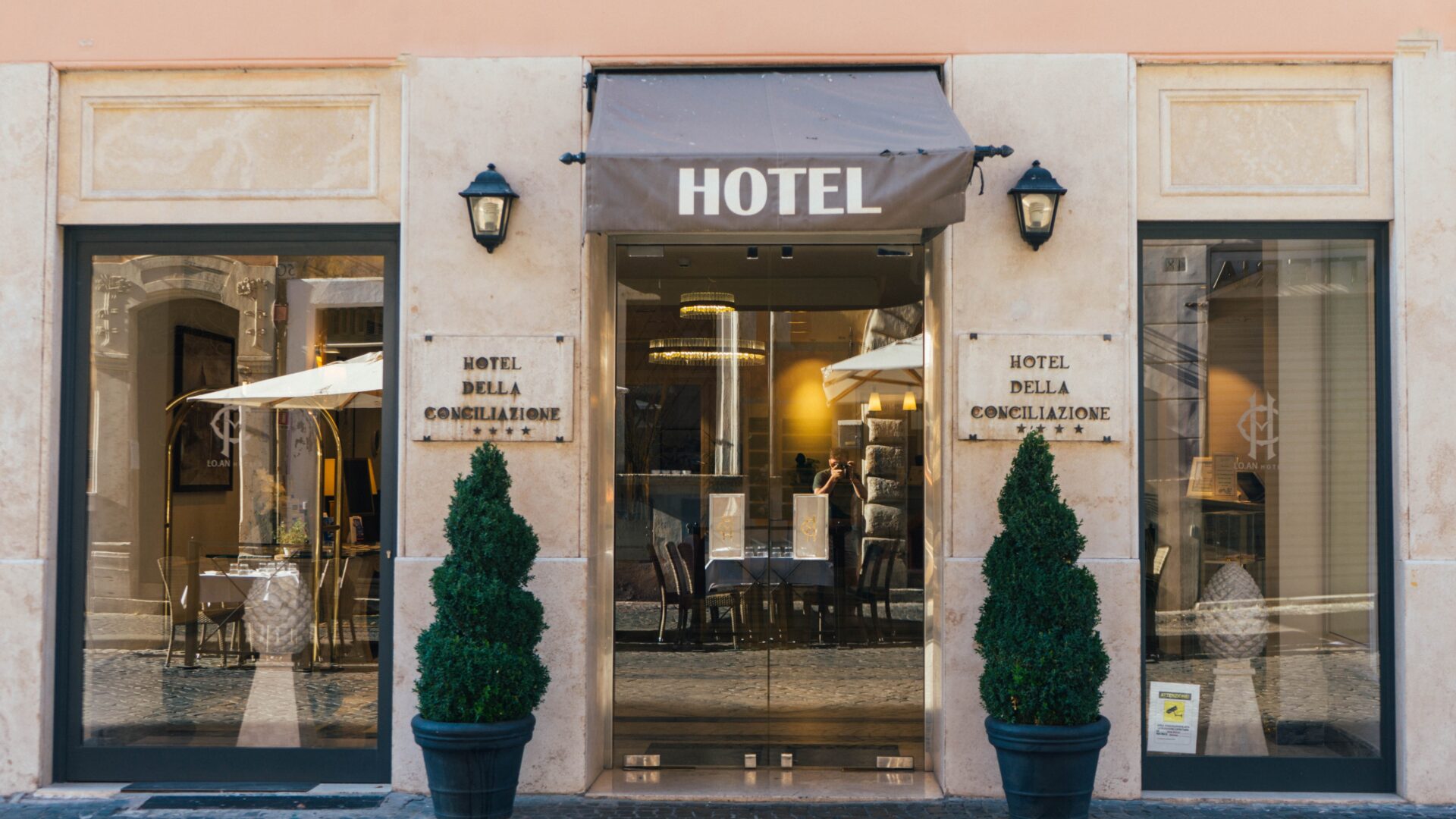The valuation of a hotel is a complex process that involves different parameters: quality of the asset, location, profitability of the management, etc. This value can be determined using various valuation methods, such as the profit method, the book value method, the cash-flow method, but it is also based on usual financial ratios that we will present to you in this article.
The hotel sector in France in 3 statistics
3 key economic statistics on the hotel sector in France:
- Contribution to GDP: According to INSEE, in 2019, the hotel industry in France contributed 3.3% to the country's Gross Domestic Product (GDP), or a value added of 54.4 billion euros.
- Number of establishments: According to INSEE, in 2019, there were 18,890 hotel establishments in France, offering a total of 1,730,000 rooms.
- Employment: According to INSEE, in 2019, the hotel industry employed approximately 223,000 people in France.
What factors should be taken into account when valuing a hotel?
When valuing a hotel, several factors must be taken into account, such as the location, the quality of the facilities, the reputation of the company, the number of guests, the trends of the hotel market and the investments to be made in maintenance or renovation of the asset.
The location of the hotel is an important factor because it can influence the demand for the hotel's services. Hotels located in tourist locations or in central areas of cities are generally more valued than those located in less traveled areas. The quality of the hotel's facilities, such as rooms, restaurants, pools, fitness facilities and conference centers, can also affect the value of the business.
The reputation of the company is also an important factor because it can affect the demand for the hotel's services. Hotels that have a good reputation for service quality, cleanliness and safety are generally valued higher than those with a poor reputation.
Thenumber of clients/night stays is also an important factor as it can influence the profitability of the business. The higher the number of customers, the more profitable the business will be. Trends underlying the profitability typology, such as trends in rates, bookings and customer types, can also affect the value of the business.
To measure all of these parameters, the hotel industry often relies on financial ratios that will significantly influence the valuation of a hotel.
You wish to have more information from a XVAL consultant and realize the valuation of a hotel:
What financial ratios are generally analyzed when valuing a hotel?
- Revenue Per Available Room (RevPAR): RevPAR is a key performance indicator for hotels. It measures the revenue generated by each available room over a given period. To calculate RevPAR, divide the hotel's total revenue by the total number of rooms available during the period.
- Revenue per guest (ARPA ): ARPA measures the average revenue generated by each guest in the hotel. To calculate ARPA, divide the hotel's total revenue by the total number of guests during the period.
- Customer Acquisition Cost (CAC): CAC measures the average cost to the hotel of acquiring a new guest. To calculate the CAC, divide the hotel's marketing and sales costs by the total number of new guests acquired during the period.
- Occupancy Ratio: The occupancy ratio measures the proportion of occupied rooms in the hotel during a given period. To calculate the occupancy ratio, divide the number of occupied rooms by the total number of rooms available during the period.
- Gross Profit Margin (GPM): GPM measures the gross profit earned by the hotel after subtracting the costs of sales and production from total revenue. To calculate MBG, subtract the cost of sales and the cost of production from the hotel's total revenue.
- Overhead Coverage Ratio (OCR): The OCR measures the hotel's ability to cover its overhead costs with its gross profit. To calculate the OCR, divide the hotel's gross profit by its overhead costs.
These financial ratios can be useful in assessing the performance of a hotel business and help determine its value. However, it is important to note that other factors should also be considered when valuing a hotel business, such as those mentioned in the first part of the article.
You wish to have more information from a XVAL consultant and realize the valuation of a hotel:
How do these financial ratios compare?
When valuing a hotel, particularly in the context of a hotel transfer, the buyer will want to compare the hotel's ratios to market standards. Some data to situate yourself in 2019 before the COVID crisis:
- Revenue per available room (RevPAR): the average RevPAR for hotels in France in 2019 was €65.70, down 0.5% from the previous year.
- Revenue per guest (ARPA): the average ARPA for hotels in France in 2019 was €153.60, down 0.8% from the previous year.
- Occupancy ratio: the average occupancy rate for hotels in France in 2019 was 62.5%, down 0.8% from the previous year.
It is obvious that these ratios vary greatly depending on the type of hotel and the location. The XVAL expert will analyze all these elements in comparison with the data of a specific geographical sector and the competition present in the hotel segment concerned.
You wish to have more information from a XVAL consultant and realize the valuation of a hotel:




